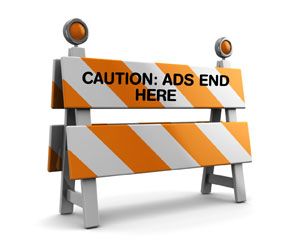

How to Create Real-time Twitter Gold
Ever since the Super Bowl, all eyes have been on Oreo during major tent-pole events as we waited for them to deliver more real-time Twitter marketing. Audiences were surprised and delighted by the company’s initial, simple tweet, which was really nothing more than an existing piece of art with some clever copy added in. Since Oreo’s success with real-time Twitter advertising, brands and agencies have been trying to capture the magic of “You Can Still Dunk in the Dark”—but though many have tried, few have succeeded. So what was it about that otherwise ordinary and forgettable tweet that took the world by storm?

For Second Screen Engagement, Twitter Leads the Pack
Last fall my favorite TV show was American Horror Story. I enjoyed all the twists and turns, but more than that, I loved getting together online with friends and perfect strangers every Wednesday night to see how each episode would unfold and talk about predictions for the rest of the series.
More and more, people are turning to their laptops and mobile devices as a way to virtually gather ’round the TV set and share an entertainment experience. But for brands deciding where to invest their engagement efforts, there are a multitude of options to consider.
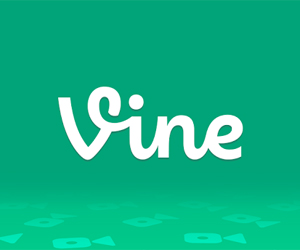
Why Instagram Isn’t a Vine Killer
Make no mistake about it. The launch of Instagram Video (wholly owned by Facebook) is a shot across, if not directly into, the bow of Vine’s ship (wholly owned by Twitter). Instagram’s already established community of 130MM members has given Instagram a major jumping off point for its video feature, which is built into the popular photo-sharing app.
But Vine isn’t dead, and Instagram will not be a Vine killer. In fact, I think Vine offers brands something unique enough that it can thrive alongside Instagram video.
More after the jump.

5 Social Media Tips to Ignore
Do a quick Google search or scour the front pages of your favorite social media blogs and you’ll find a seemingly endless array of articles providing you with tips and advice on social media (this blog included). But if you read enough of them, which I do, eventually you’ll see those tips and bits of advice contradict each other.
Don’t post on Facebook more than once a day, or your fans will un-Like you.
Post more than once a day on Facebook to keep your People Talking About This score high.
Photos are the most shareable content on Facebook.
Videos are the most shareable content on Facebook.
Post on weekends because other brands don’t and you’ll stand out.
Don’t post on weekends, because nobody is listening then.
It can become dizzying. It’s not that your favorite social media pundit is lying to you or flat-out wrong. Truthfully, not everyone can be right; but there are certainly areas of gray, and depending on your brand and audience, advice can differ.
But I have heard a few tips that are just flat-out wrong or at least shouldn’t be followed as if they were gospel. Here are five social media tips you may want to ignore, but you didn’t hear that from me.
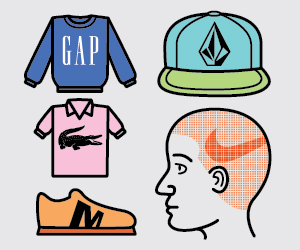
5 Types of Social Media Content Your Audience Really Wants
Why do we follow brands? What’s the point? They’re not our friends. We’re not going to make plans with them on a Friday night or invite them to our birthday parties (though some we would if we could). Why do we let them into a world where we’re sharing and consuming content from the people closest to us?
Social media has provided a unique opportunity for consumers and brands to connect on a level much deeper than that of a monetary transaction. It may sound obvious, but it’s worth noting that historically, a true fan of a brand didn’t have many options for celebrating his fandom. I could watch my favorite show, but I couldn’t get behind-the-scenes content (unless that too was on television). I could purchase a shirt bearing the logo of my favorite team, but if I wore it in a special place (say I climbed Mount Kilimanjaro in it), how would they know? I'd have to mail them a picture, and even if they received it, where would they share it? The relationship was one-way, aside from the moment when I handed over my money and they handed me the product, or when I sat down and tuned in to my show.

Getting the News into “Brand Newsrooms”
Celebrating Oreo’s now-famous twi-jacking (Or is it “twit-jacking?”) of the Super Bowl for the brand’s own milk-and-cookies purposes, the ad business erupted early this year with ecstatic chatter about so-called “brand newsrooms.” While the chatter focused in minute detail on brands and to a lesser extent on rooms, there was virtually nothing about what constitutes news.
Apparently, the ad people peddling brand newsrooms know nothing about news. So the brand newsroom conversation has been ill informed at best and nonsensical the rest of the time.
The focus on news from brands is appropriate and necessary. Brands live in the same digital world as the rest of us. Our world is increasingly dominated by social sharing, driven by content. If a brand wants its stories shared on social platforms – and it does – those stories need to be newsworthy in the most straightforward sense of the term: new and worthy of an audience’s attention. So brands need to master a concept that’s as central to journalism as it is to swapping stories with your neighbor: news value.

Why It’s a Mistake For Brands to Ignore Tumblr
Pretend I’m someone who understands the basics of the Internet but has never used a social platform. Now let me ask you: What’s Facebook? What’s Twitter? What’s Instagram?
Most answers, at least from the readers of this blog, would be similar. But I’ve got another question. What’s Tumblr? I would bet that at this point the definitions start to differ.
“It’s a blogging platform, like WordPress or Typepad.”
“It’s a social network where people share all sorts of content.”
“It’s a website for theme-based GIF repositories.”
For the record, Tumblr defines itself as a platform that “lets you effortlessly share anything” including “text, photos, quotes, links, music and videos.” But the six-year-old content platform is still commonly misunderstood by brands and agencies as it relates to social strategy. Even its self-definition fails to clearly define its focus, its user base or its potential as a place to engage with fans through organic and paid media.
Should your brand be on Tumblr? Let’s discuss.
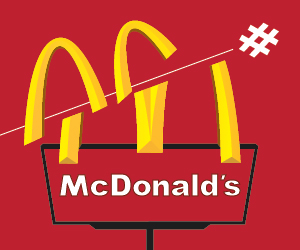
When Promoted Hashtags Are Campaign Killers
This post originally appeared in our April ’13 issue of “Live Report from the Future of Marketing,” our monthly Post-Advertising newsletter. Subscribe for free here.
No matter how lofty a brand’s goals are when it uses hashtags, there are always individuals ready to use them to drag it into the gutter.
McDonald’s is on its second go-round with promoted hashtags gone awry, this time with #UnwrapWhatsFresh. The hashtag was created to support McDonald’s new Premium McWrap, which features chicken (grilled or crispy) and fresh vegetables served in a warm tortilla.
The hashtag was promoted on Twitter, but instead of talking about healthy eating, a number of people were tweeting these sweet nothings:
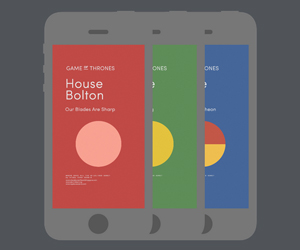
Getting Marketing Miles Out of Your Superfans
In my tween years I was a huge fan of the WWE (then the World Wrestling Federation). I would watch every episode of Superstars of Wrestling and Saturday Night’s Main Event, among other various WWE programming. I’d watch all the pay-per-views on VHS days later, since my parents wouldn’t splurge to watch it live (I’m not bitter or anything). I’d even watch Talking Wrestling on the local cable-access channel in Marshfield, MA, which consisted mostly of prank calls and thick Boston accents.
I was a superfan to the full extent of the definition. I begged my parents to buy me championship belts and action figures, take me to local wrestling shows and I was undefeated against my big stuffed panda bear. When Hulk Hogan had his ribs broken by Earthquake, I sent a bevy of get well letters to his hospital bedside. I even got a postcard back. The "writing" looked eerily similar to Arial, but I’m sure it was just coincidence and he wrote it all himself.
Superfans are everywhere. From television shows and video games to automotive and even CPGs, superfans are embracing the brands they love. They aren’t getting the “superfan” title just because they tune in every week or refuse to drink any other kind of soda. Superfans are the rare but powerful fan base that is sharing branded content with friends, creating unique content of its own and providing an authentic endorsement of a product or service that a brand could never replicate.
Brand managers: Are you listening to your superfans? Are you recognizing and rewarding them? Are you embracing them on their own platforms? If not, your brand may be suffering because of it.

